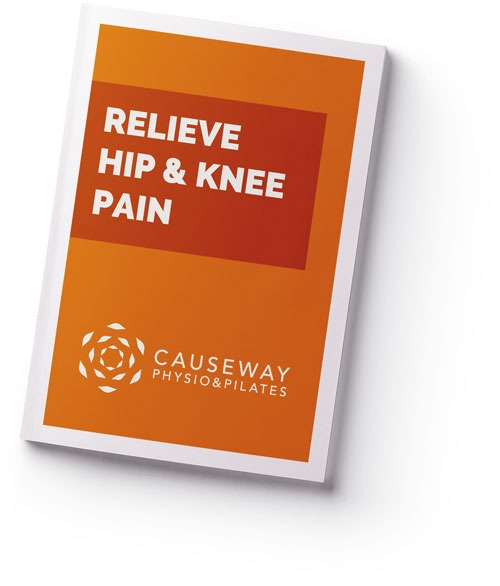Osteoarthritis is defined as “degeneration of joint cartilage and the underlying bone, most common from middle age onward”. You may have had an x ray and been told you have “wear and tear”, “no cartilage left”, been reduced to “bone on bone”, have developed “spurs”, or been classified as “mild/moderate/severe arthritis”. Many of these diagnoses may be alarming to hear, especially if we aren’t given any further advice or treatment. But what does it actually mean?
Cartilage is the smooth, strong tissue which covers the end of our long bones, helping to absorb shock and prevent friction. As we get older (or sometimes not so old), the cartilage between our thigh and shin bones starts to wear down. Our body naturally tries to repair it, but often isn’t as efficient so we start to get “thickening” of bone, or bony prominences/spurs appear.
Arthritis aka “wear and tear” is a normal process of ageing, like getting grey hair! Many middle aged to “mature” people can have some degree of arthritis in their knees and have no pain or restriction whatsoever. However sometimes, especially if our muscles are weak, or we are overweight or inactive, we can start to develop pain and stiffness. We can also get painful osteoarthritis if we have had a previous injury, advancing the onset of osteoarthritis. This can become severe and cause a lot of pain in some cases.
So what do we do?
Check out our Hip & Knee Guide for advice on whether you need PHYSIO or JOINT surgery! Clear guidance based on the British Medical Journal’s recent 2018 recommendations.

Get Your Free Hip & Knee Pain Guide
Self treat and ease hip and knee pain. Do you need physio or surgery for your knee pain?
Other things which can help are heat, good supportive footwear, weight loss (if you are overweight), massage (to release tight, stiff muscles) and low impact exercise such as cycling, walking and swimming. Painkillers or anti inflammatories (speak to your GP) may be helpful. If you are in significant pain and feel you don’t know where to start – come and see one of our physiotherapists. We can help you get the joint moving, free up taut muscles, and give you an exercise programme tailored specifically to you.
In some severe cases, if you are still in pain after trying all of the above, you may need to see your GP, to discuss further options. Steroid injections may provide relief as you exercise. If this is no good and you have tried everything else, you may be referred to an orthopaedic surgeon to consider joint replacement.



